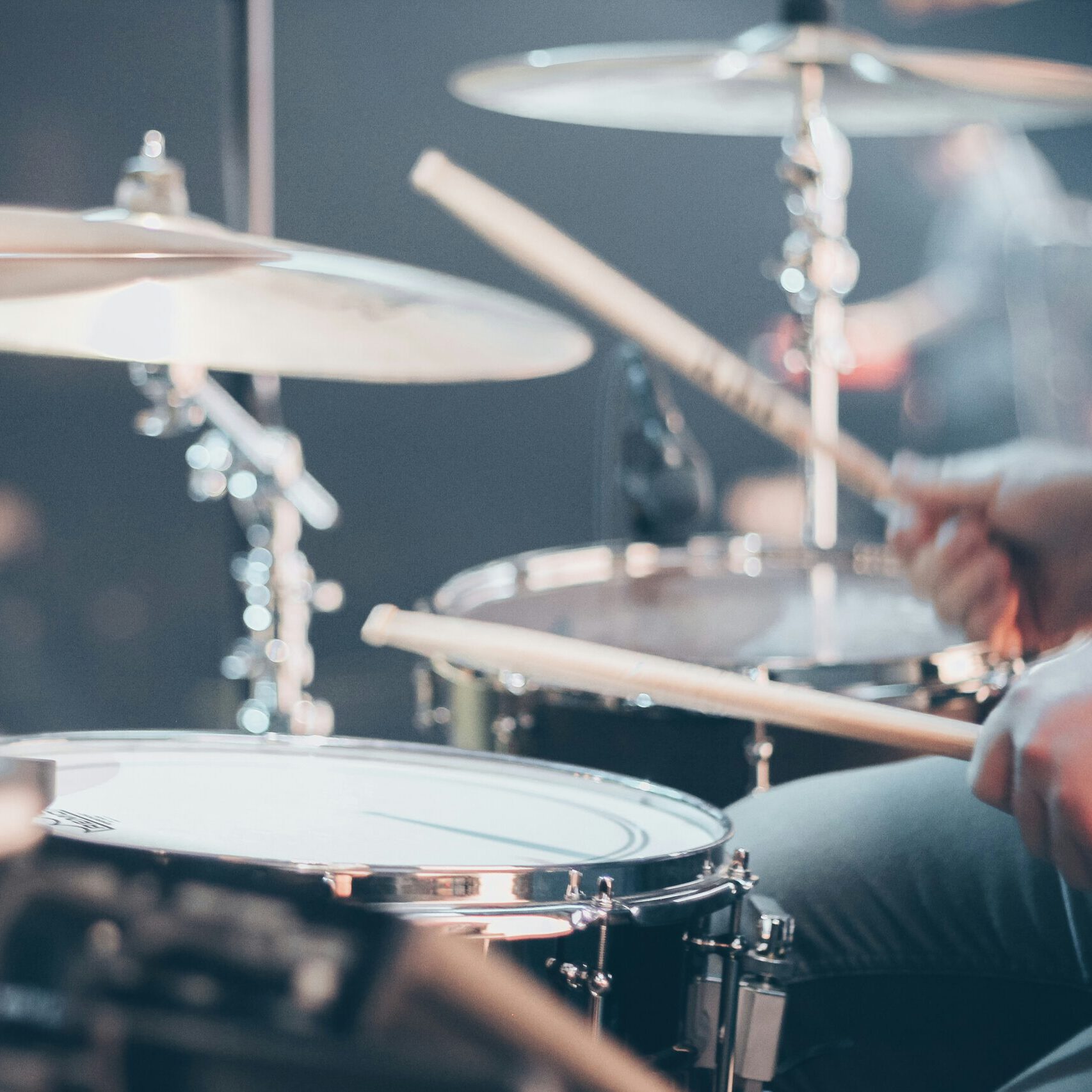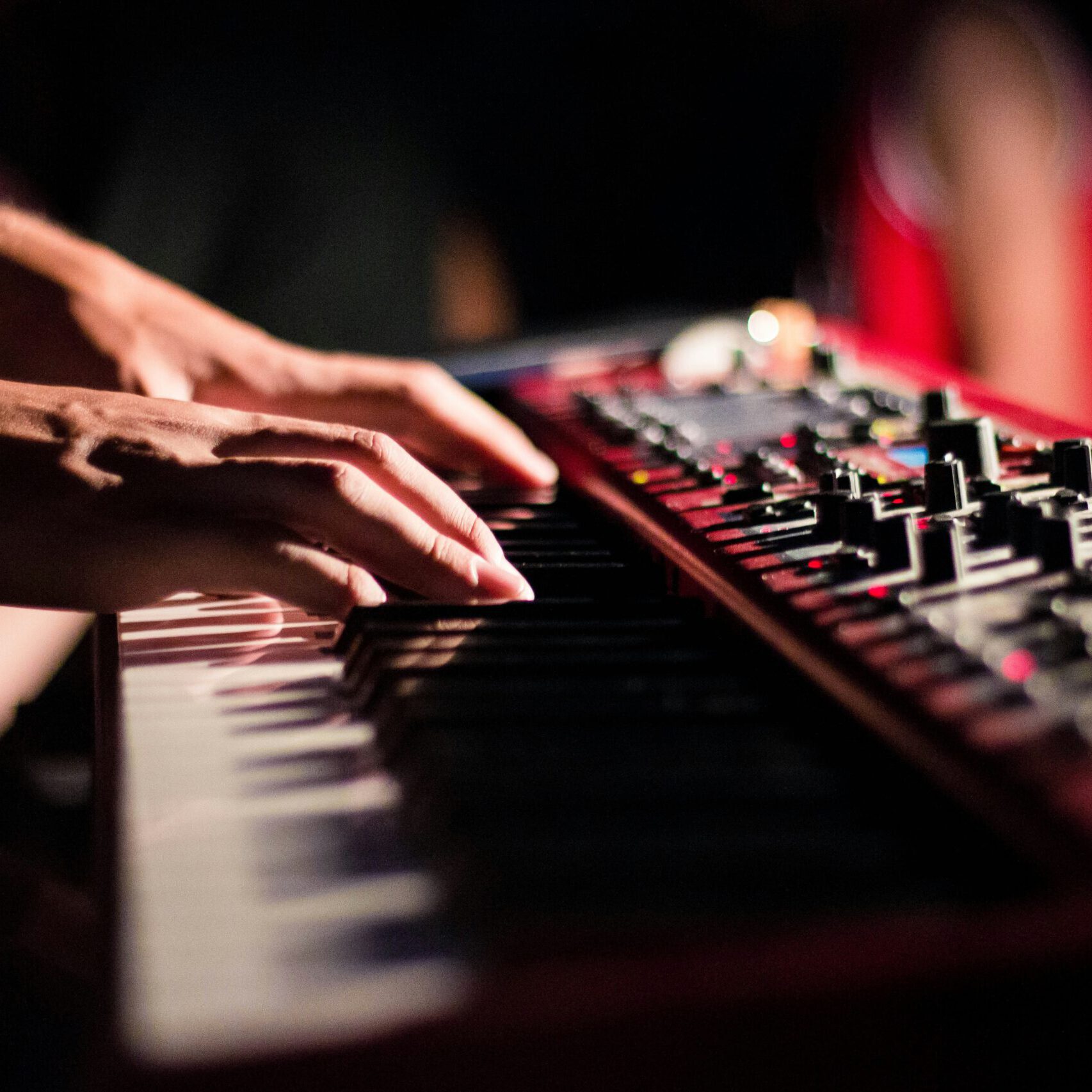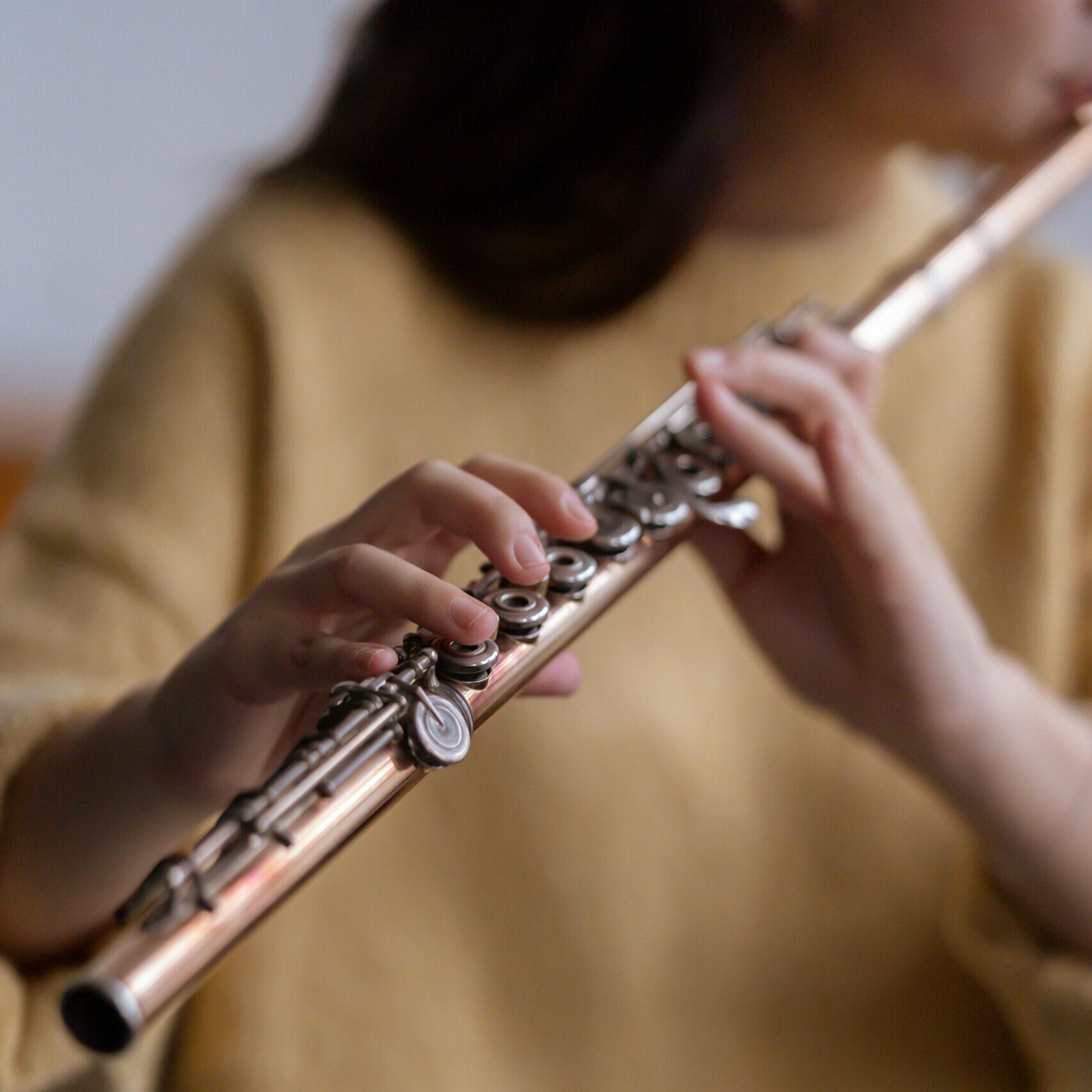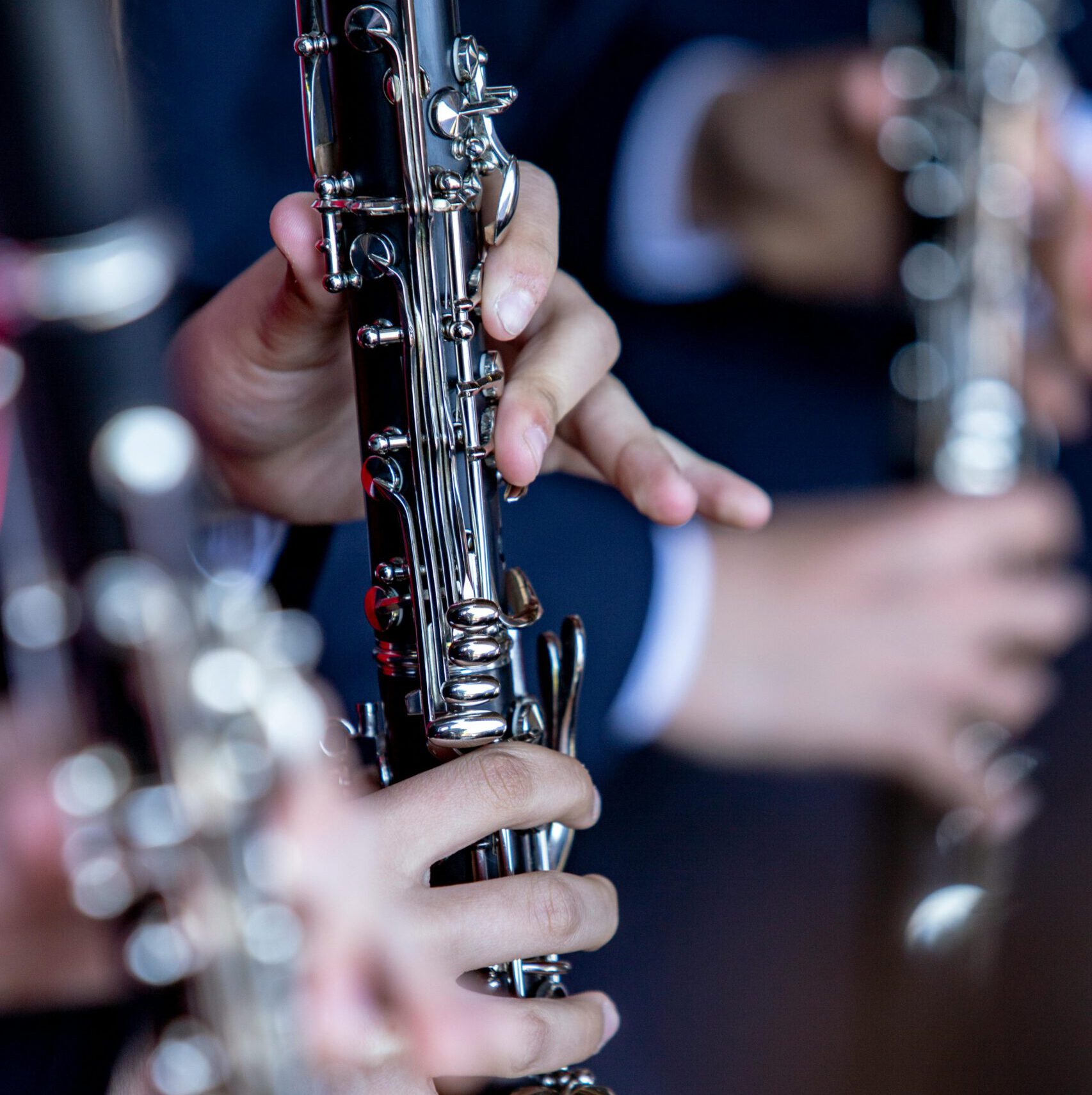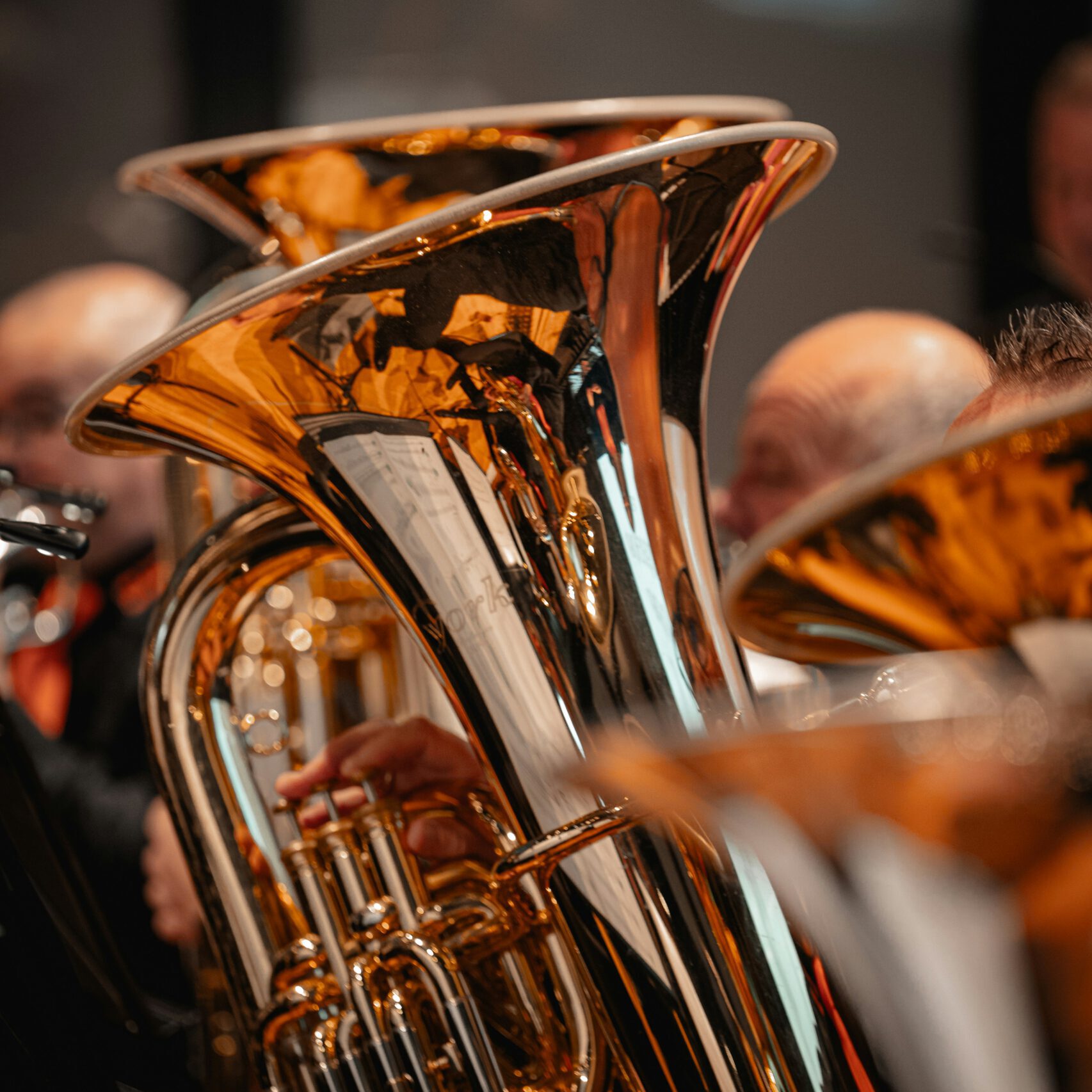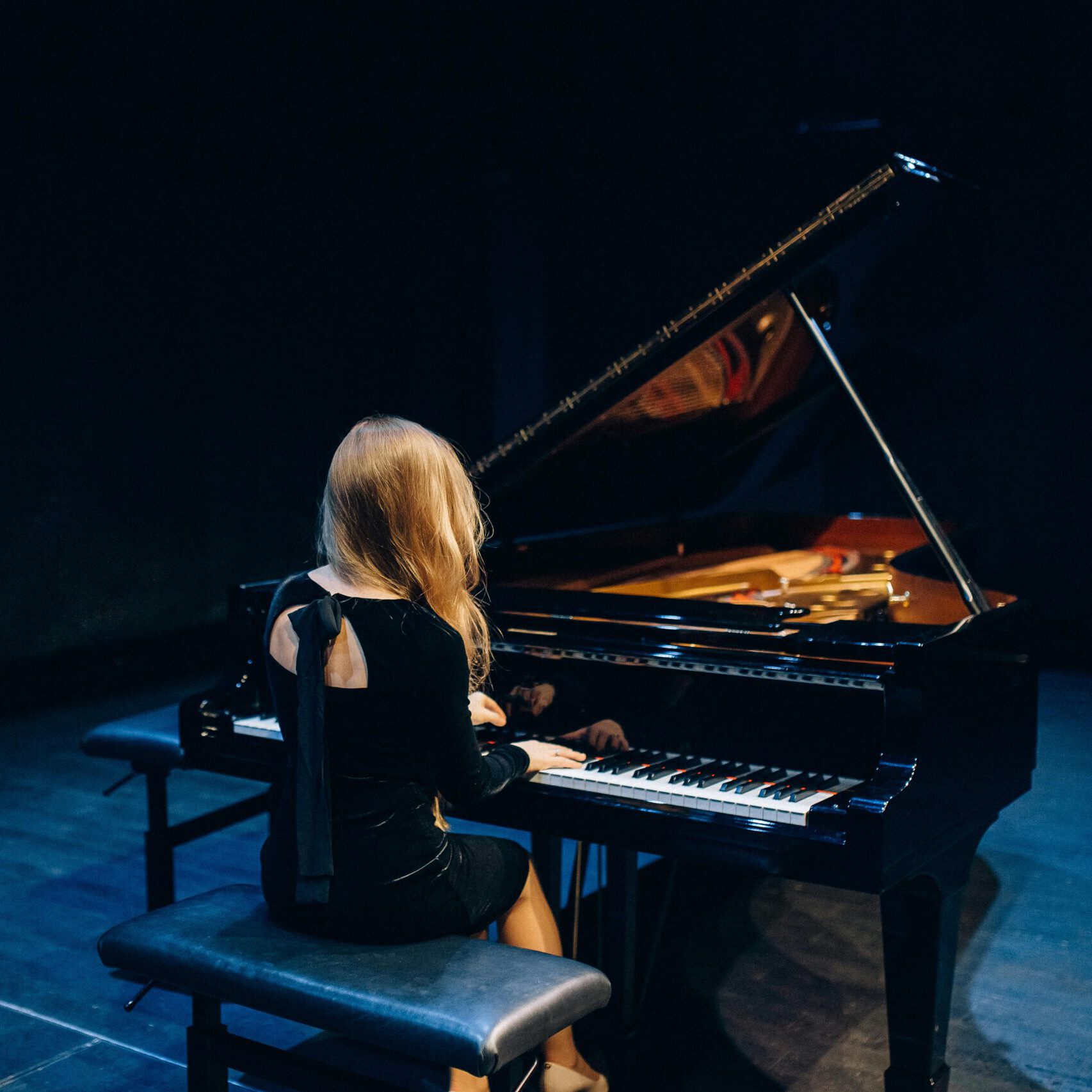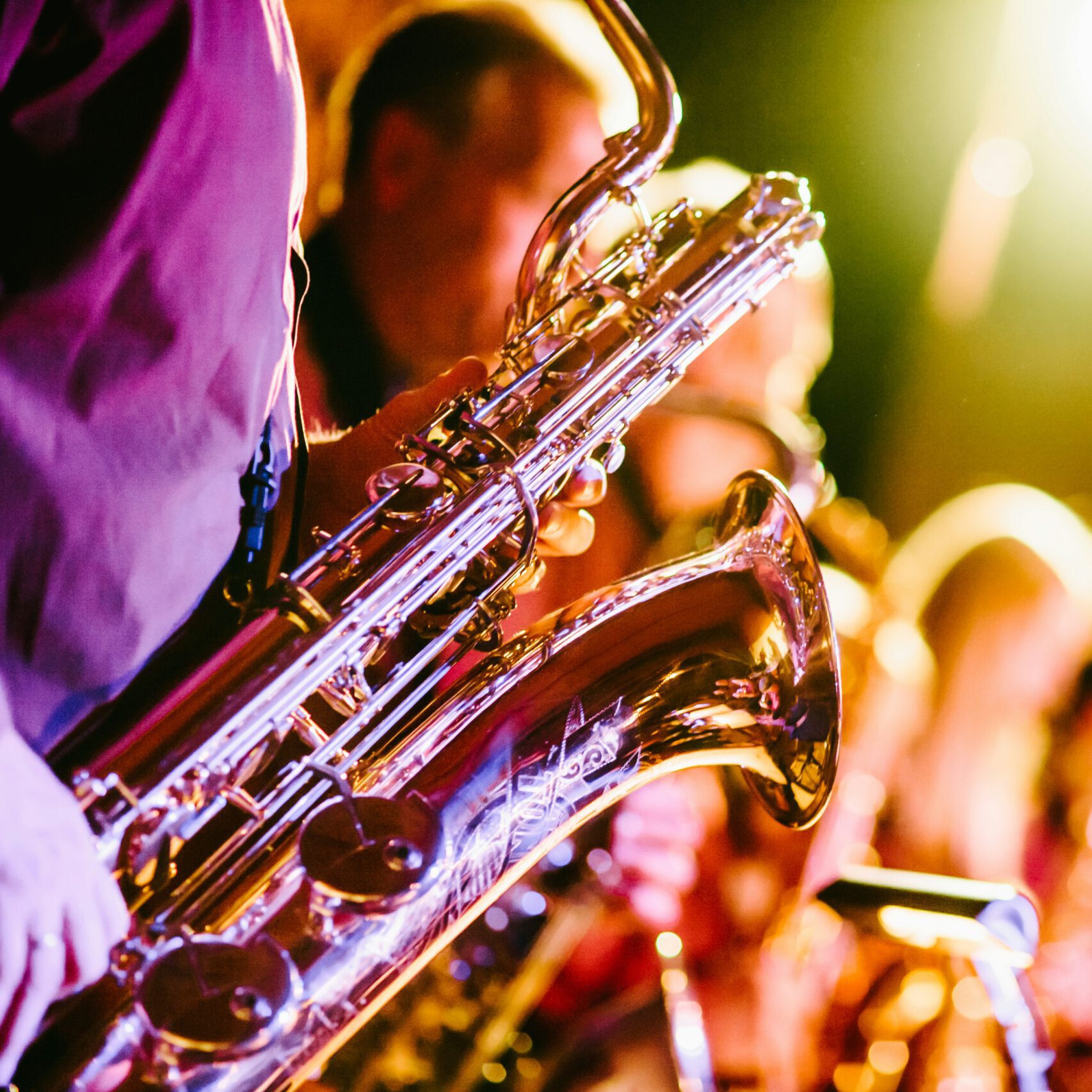drums
Can't you sit still with your hands and feet? Do you like tapping on everything? Then drumming is for you! When learning to play the drums, you use all limbs. So you have to learn to move your hands and feet separately or simultaneously at different times. This is built up slowly with exercises, during which you also immediately learn the musical notation used for drum notation. Students who want to learn drums immediately receive lessons on the drum set and apply the technique exercises on the drum set. Audio tracks are also used in the lessons to practice the rhythm exercises. The use of various fills with different rhythmic patterns is also slowly built up. The beginning exercises are based on pop rhythms. If you master these drum rhythms and fills better, you will also learn the blues, shuffle, jazz, funk, etc. This way you learn to play different styles of drums and you can develop your own preferences. The drum and percussion lessons currently take place in a drum room at Visseringweg 60 in Diemen-Zuid. Unfortunately, only drum lessons can currently be given there. But no percussion lessons. Music School Diemen is looking intensively for a location where we can give all percussion lessons, provide the pop school lessons and start up the percussion ensemble again. Does anyone know a suitable space in Diemen? Please contact our coordinator Rombout Stoffers via coordinator@muziekschooldiemen.nl

